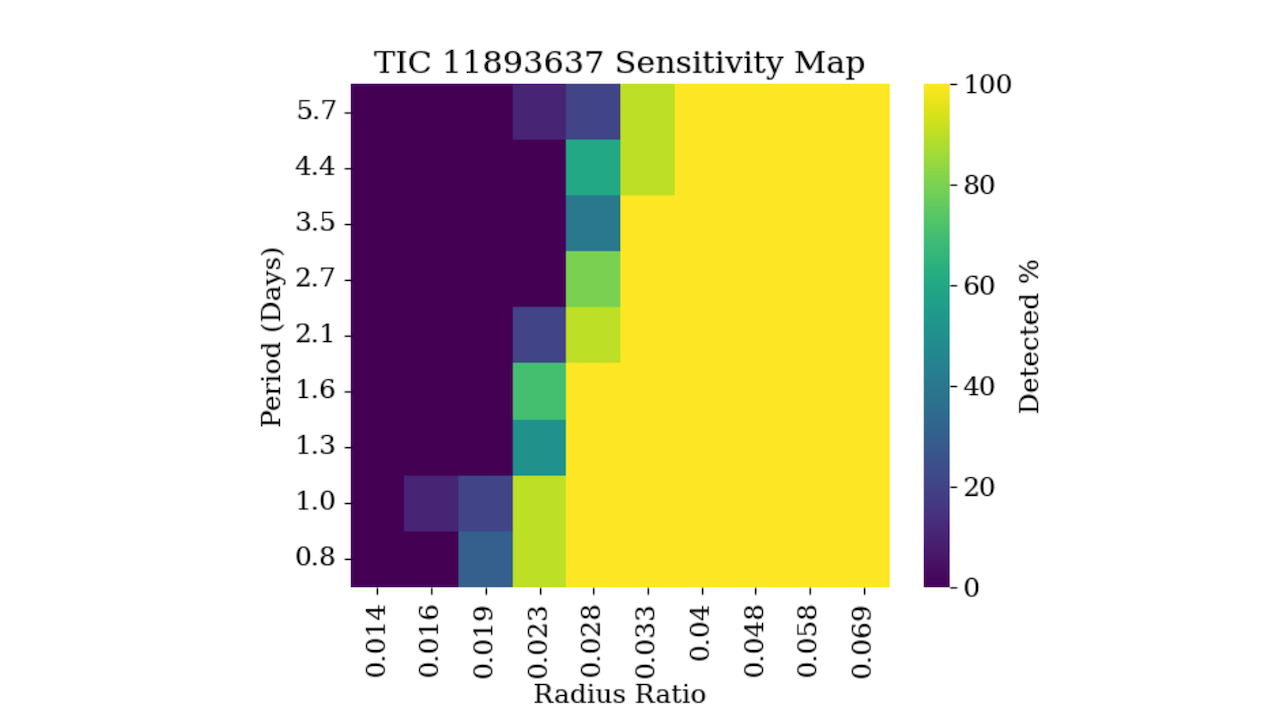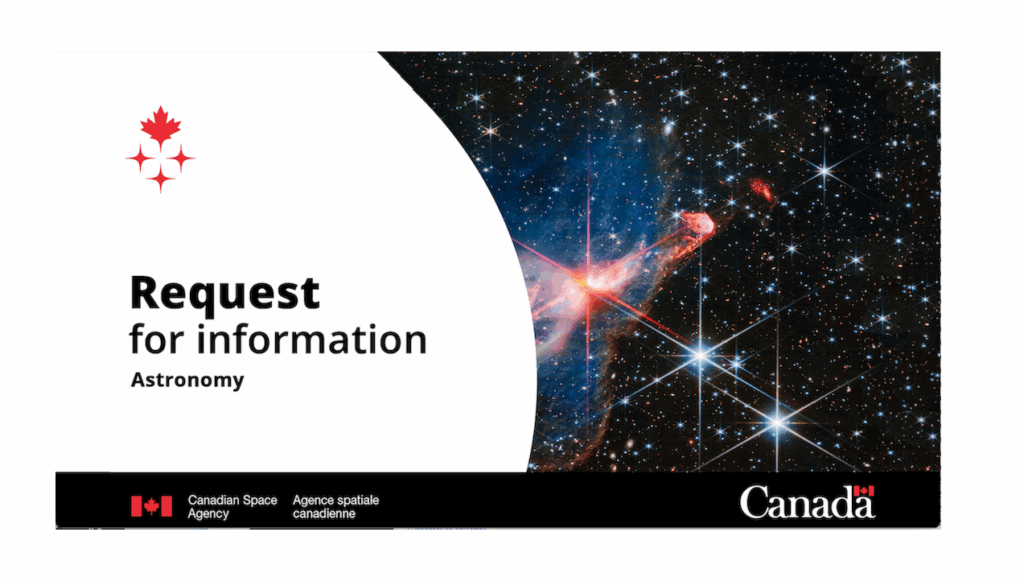Quantifying The Effect of Short-timescale Stellar Activity Upon Transit Detection in M Dwarfs

M dwarf stars comprise 70-80% of the galaxy’s stars and host most of its rocky planets. They also importantly differ from Sunlike stars in that they are “active” for billions of years or more: rotating quickly, flaring often, and emitting large amounts of UV and X-ray light.
The effects of stellar activity upon both photometry and spectroscopy make their exoplanets more difficult to detect, and M dwarfs exhibit this behavior for thousands of times longer than a typical Sunlike star. While activity signals such as flaring and stellar rotation can be more readily modeled or removed from photometry, the contribution of unresolved stellar activity to transit sensitivity is harder to quantify.
In this paper, we investigate the difference in the detectability of planetary transits around a sample of M dwarfs observed by NASA’s TESS Mission, characterized by a common stellar radius, effective temperature, and TESS magnitude. Our sample is classified as either “active” or “inactive” based upon the presence of Hα in emission.
After removing the more readily identifiable signatures of activity: stellar rotation and large flares, we perform an injection-and-recovery analysis of transits for each star. We extract detection sensitivity as a function of planetary radius and orbital period for each star in the sample. Then, we produce averaged sensitivity maps for the “active” stars and the “inactive” stars, for the sake of comparison.
We quantify the extent to which signal-to-noise is degraded for transit detection, when comparing an active star to an inactive star of the same temperature and apparent brightness. We aim for these sensitivity maps to be useful to the exoplanet community in future M dwarf occurrence rate studies.

TESS lightcurves of all twenty stars in our sample. Panel (a) at left shows the active sample and panel (b) at right shows the inactive sample. The left side of each panel shows the original non-detrended SPOC (Jenkins et al. 2016) photometry in black. We have overplotted the Gaussian Process stellar rotation model in yellow, and identified flare events in red. The right side of each panel displays the treated lightcurve, normalized by the rotation model and with flares (and points within 3 hours of flare data points) excised. — astro-ph.EP
Dana Clarice Yaptangco, Sarah Ballard, Jason Dittmann
Comments: 10 pages, 6 figures. Submitted to the Astronomical Journal
Subjects: Earth and Planetary Astrophysics (astro-ph.EP); Solar and Stellar Astrophysics (astro-ph.SR)
Cite as: arXiv:2402.00115 [astro-ph.EP] (or arXiv:2402.00115v1 [astro-ph.EP] for this version)
Submission history
From: Dana Clarice Yaptangco
[v1] Wed, 31 Jan 2024 19:00:02 UTC (1,163 KB)
https://arxiv.org/abs/2402.00115
Astrobiology,








